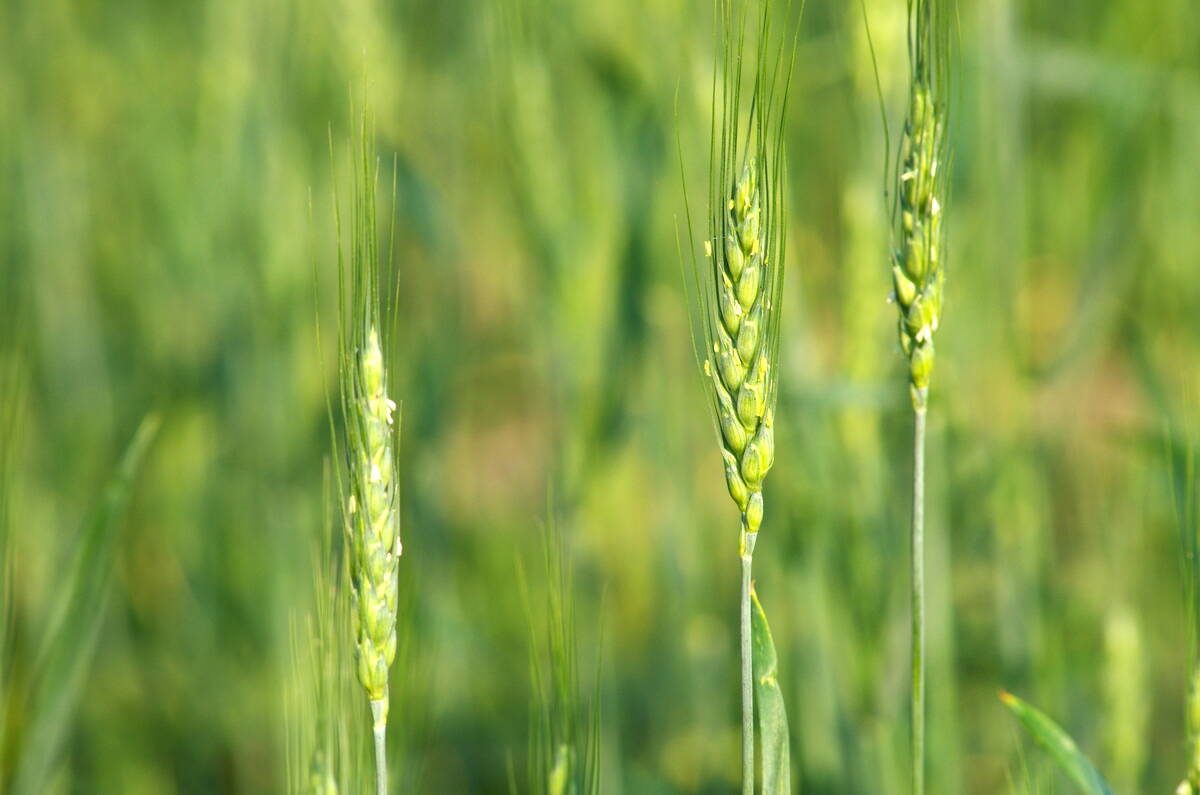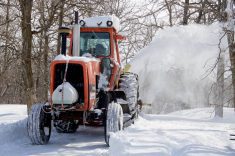The massive low-pressure system that sat over Manitoba May 24 brought precipitation that helped soil moisture and complicated seeding operations.
The storm drenched fields in central and eastern Manitoba, while western Manitoba was temporarily catapulted back to winter.
A soggy April and May have relieved worries about moisture reserves.
Read Also

Code cracked on nitrogen-fixing wheat?
U.S. crop breeders have created a wheat variety capable of fixing its own nitrogen rather than relying on fertilizer.
“With that much rain, the soil moisture is definitely at the optimal place,” said Timi Ojo, acting manager for crop production with Manitoba Agriculture.
He said there were no critical drought alarm bells in early spring, even with the lack of snow over winter, because the province had decent soil moisture last fall.

“We did still have soil moisture locked in at depth, but at the surface, it was slightly dry,” he said. “So, with all the rain we initially got in April, it assisted with recharging that top layer.”
May rains brought moisture further into the soil profile and also recharged groundwater.
“That’s a good thing because later in the growing season, if for whatever reason we don’t have as much rain as we’d like, we would have capillary rise, which would have water moving into the root zone if the water table is not too far down,” said Ojo.
Feast or famine
Accumulated moisture on May 24 was probably more than many farmers wanted. Seeding equipment was parked for days as fields remained mucky. Conditions posed particular problems for crops with earlier crop insurance seeding deadlines.

Soybeans are high on that list. Earliest risk regions in parts of Westman and the Interlake had until May 30 to get crop in. Other regions have until June 4 to get full coverage, while a lucky patch of the Red River Valley has until June 8. Extended windows run to June 9 for risk areas 2 and 3, and June 13 for risk area 1.
“We’re trying to collect all the observations and anecdotes about how much of the crop (was seeded) before the rain,” said Daryl Domitruk, executive director of Manitoba Pulse and Soybean Growers. “We’re in that diagnostic period, trying to figure out what just happened and where things might go from here.”
Though rain was much needed after consecutive years of drought, the amount and timing are causing headaches for farmers.
For dry beans, Manitoba Agricultural Services Corporation deadlines range from June 6-10, with extended seeding periods up to June 15 (June 11 for higher risk zones). The seeding deadline for field peas is June 15, and the extended seeding period ends June 20, regardless of location.
As of May 20, field pea planting was 90 per cent complete and soybean seeding was only 34 per cent finished, according to Manitoba’s weekly crop report. There was no data available for dry beans, but Domitruk estimated about one-third of the crop was in the ground in south-central Manitoba.
“(Growers) are watching their fields dry and watching the skies all at the same time,” he said.

Two years ago, deep snow and rain from a series of early spring Colorado lows also had growers butting up against MASC deadlines. But Ojo said the similarities are mostly superficial.
“2022 was a bit different,” he said. “It was mostly driven by snow. And with precipitation from snow, it’s all dependent on the rate at which snow melts.”
In this case, Ojo noted the snow in western Manitoba was largely gone within a day. When soil isn’t frozen, it absorbs more of that precipitation.
“The main question going forward is whether we are going to have the rains when we need them. Right now, things are looking good moisture-wise across the province.”
But Ojo cautioned that soil moisture is difficult to forecast because it is so dependent on precipitation.
“We still don’t have a very good precipitation forecast yet.”
















